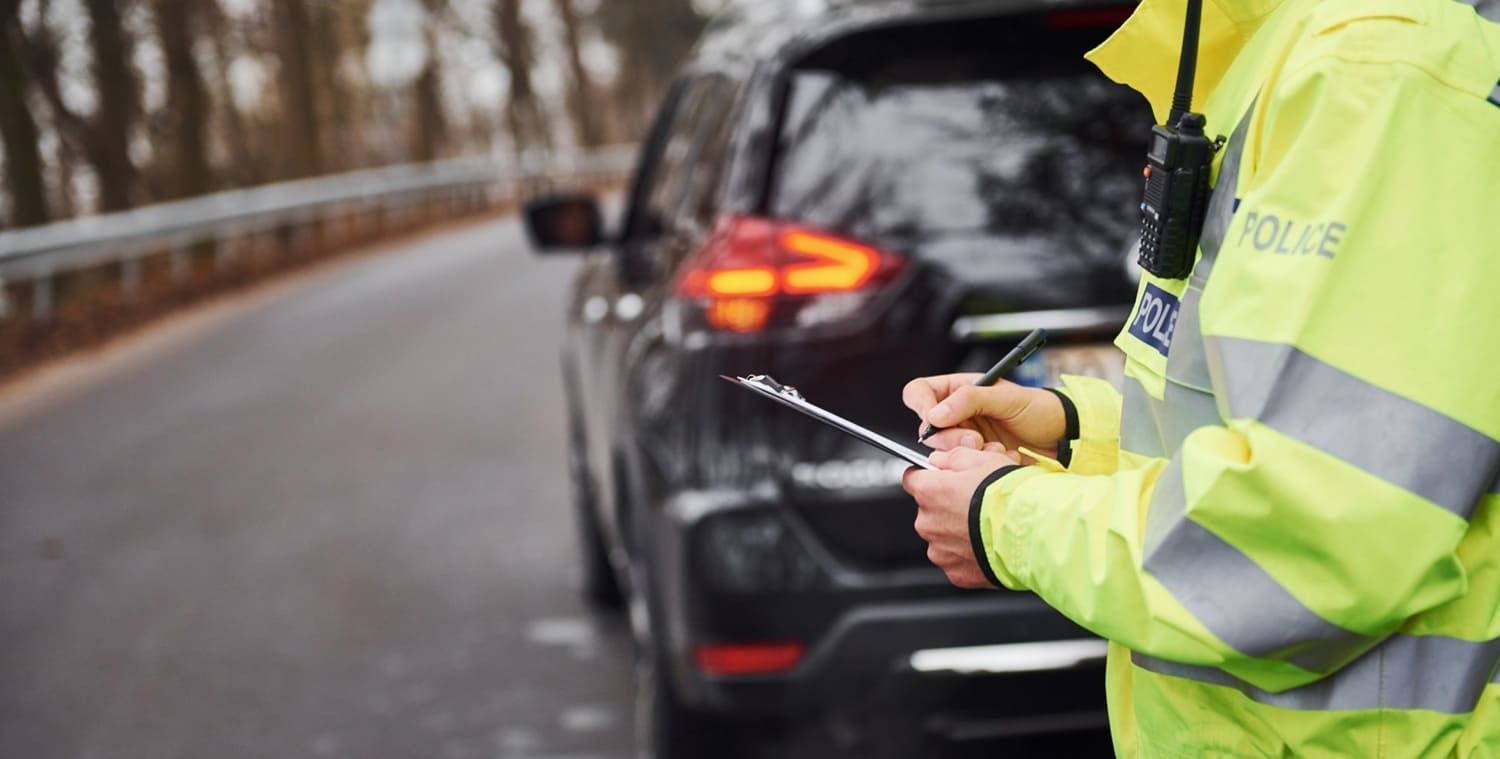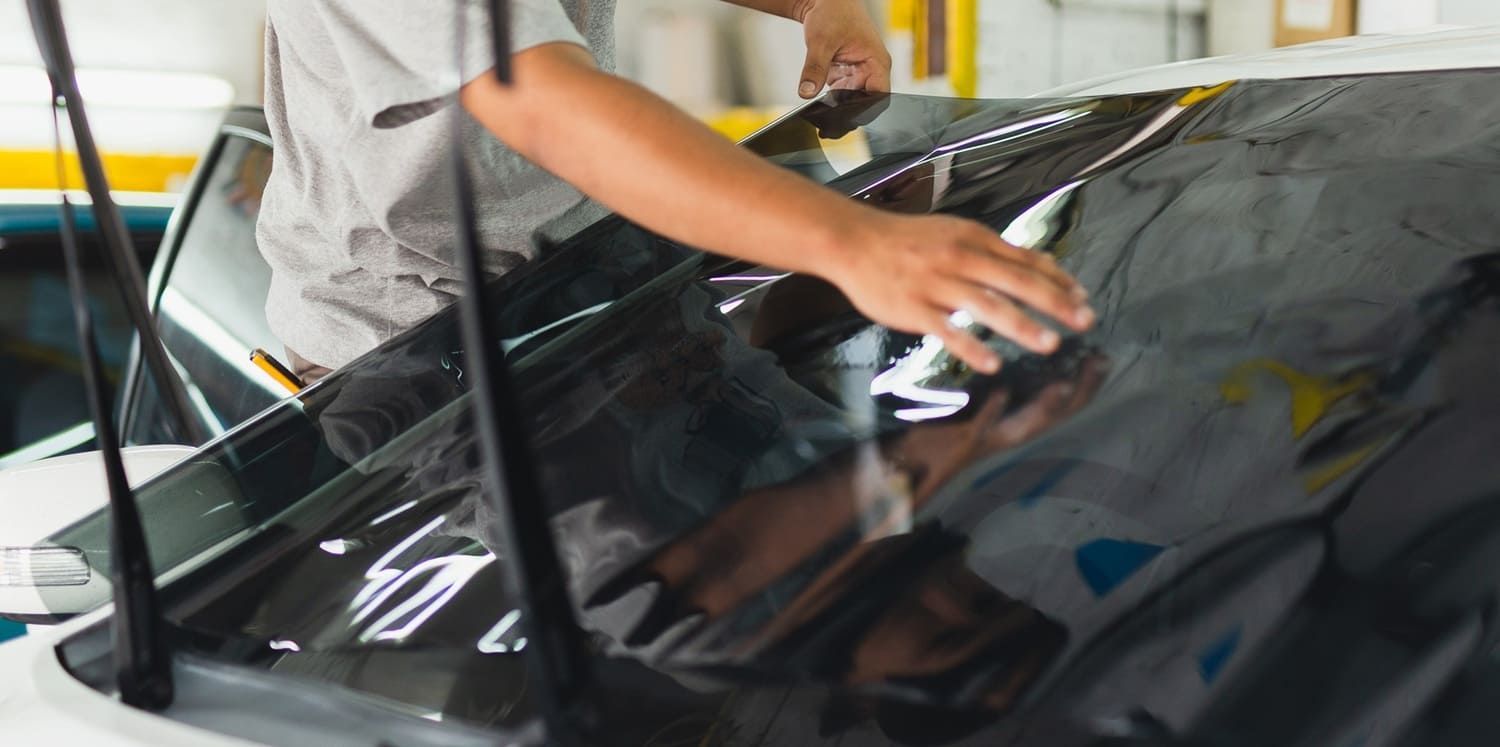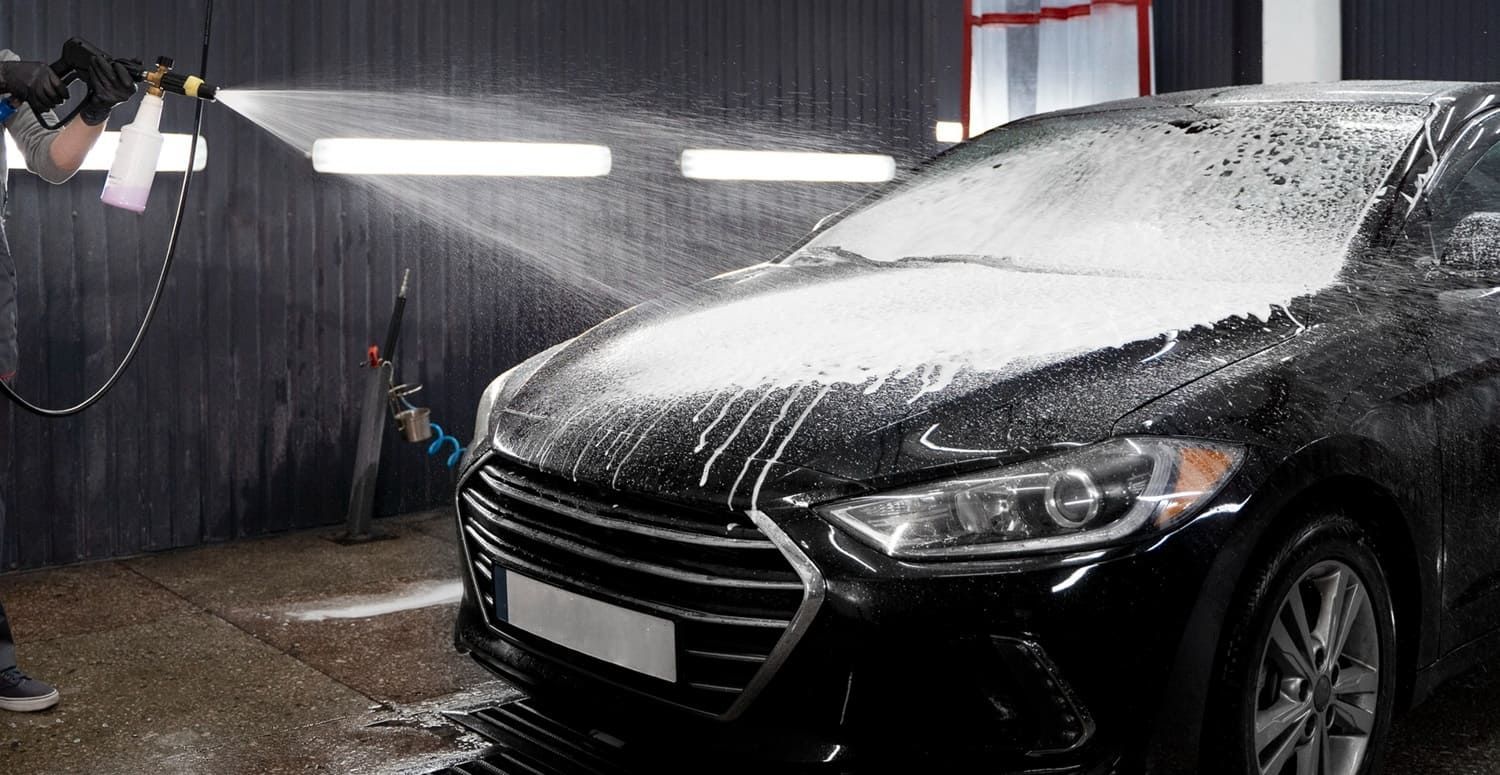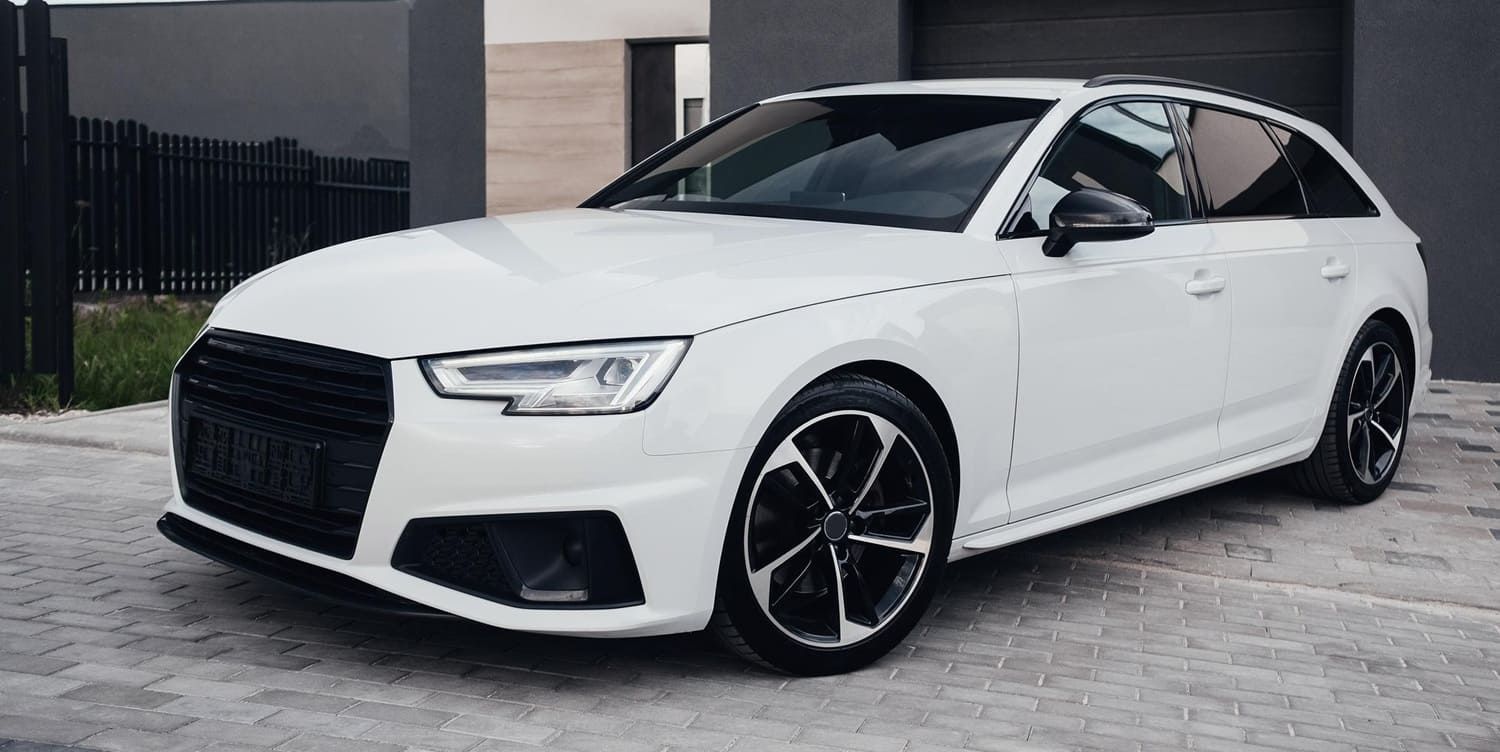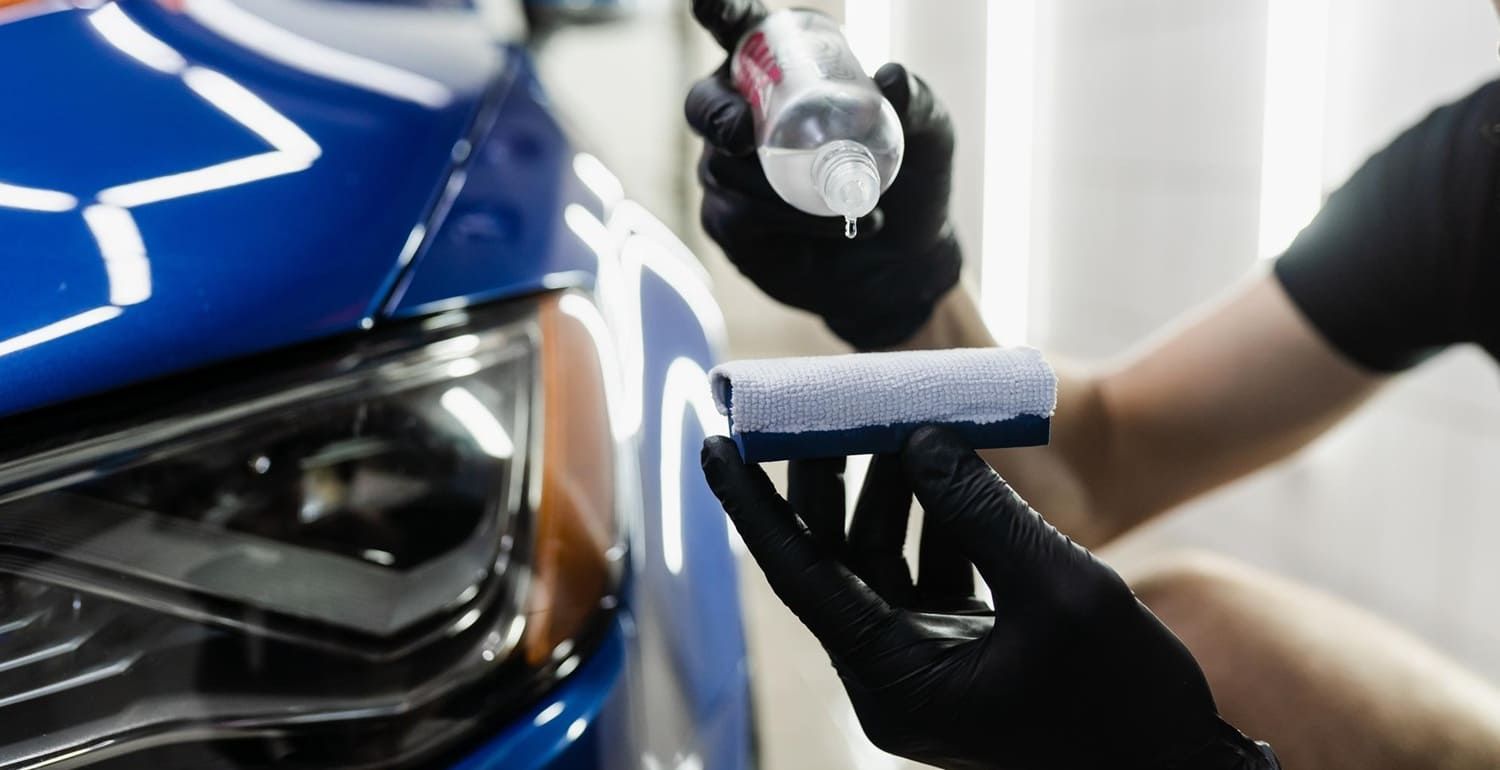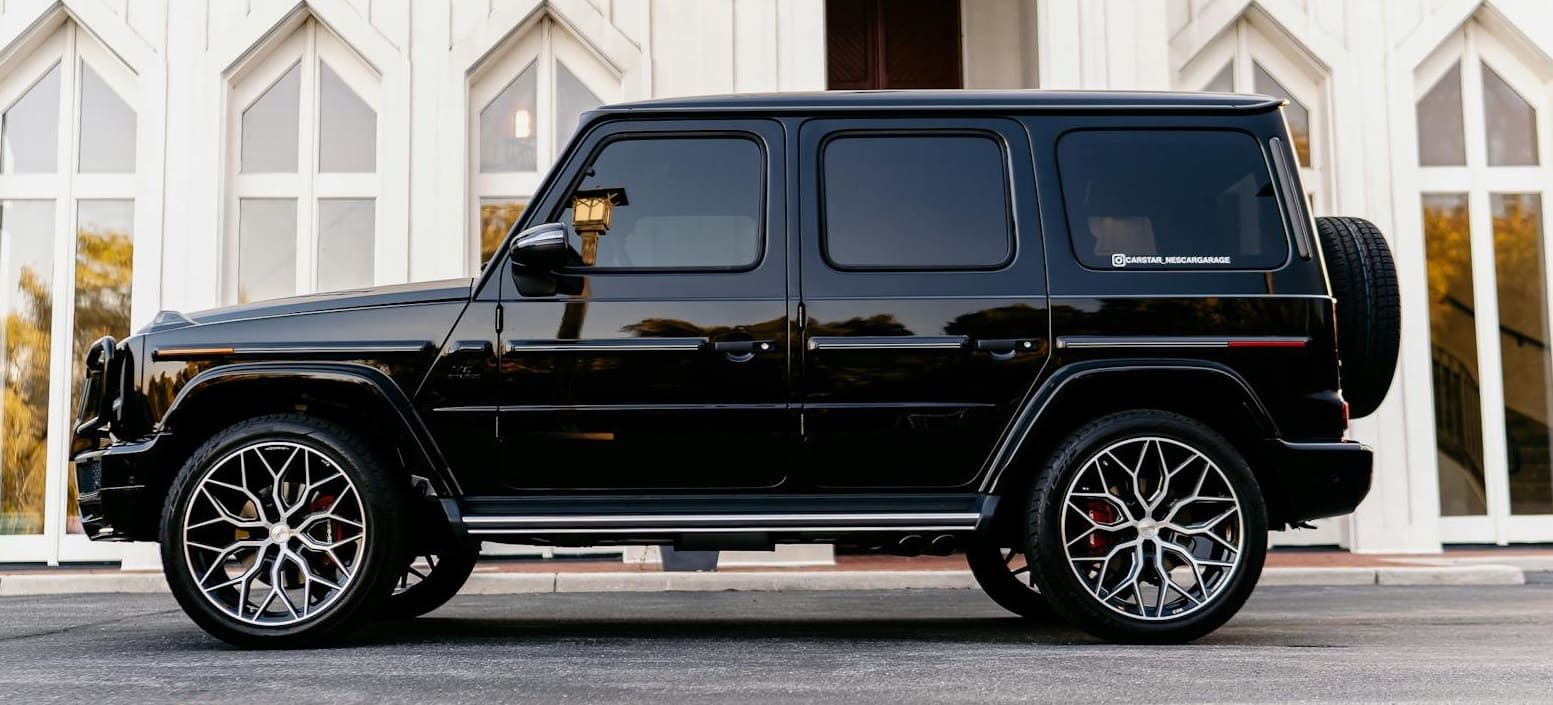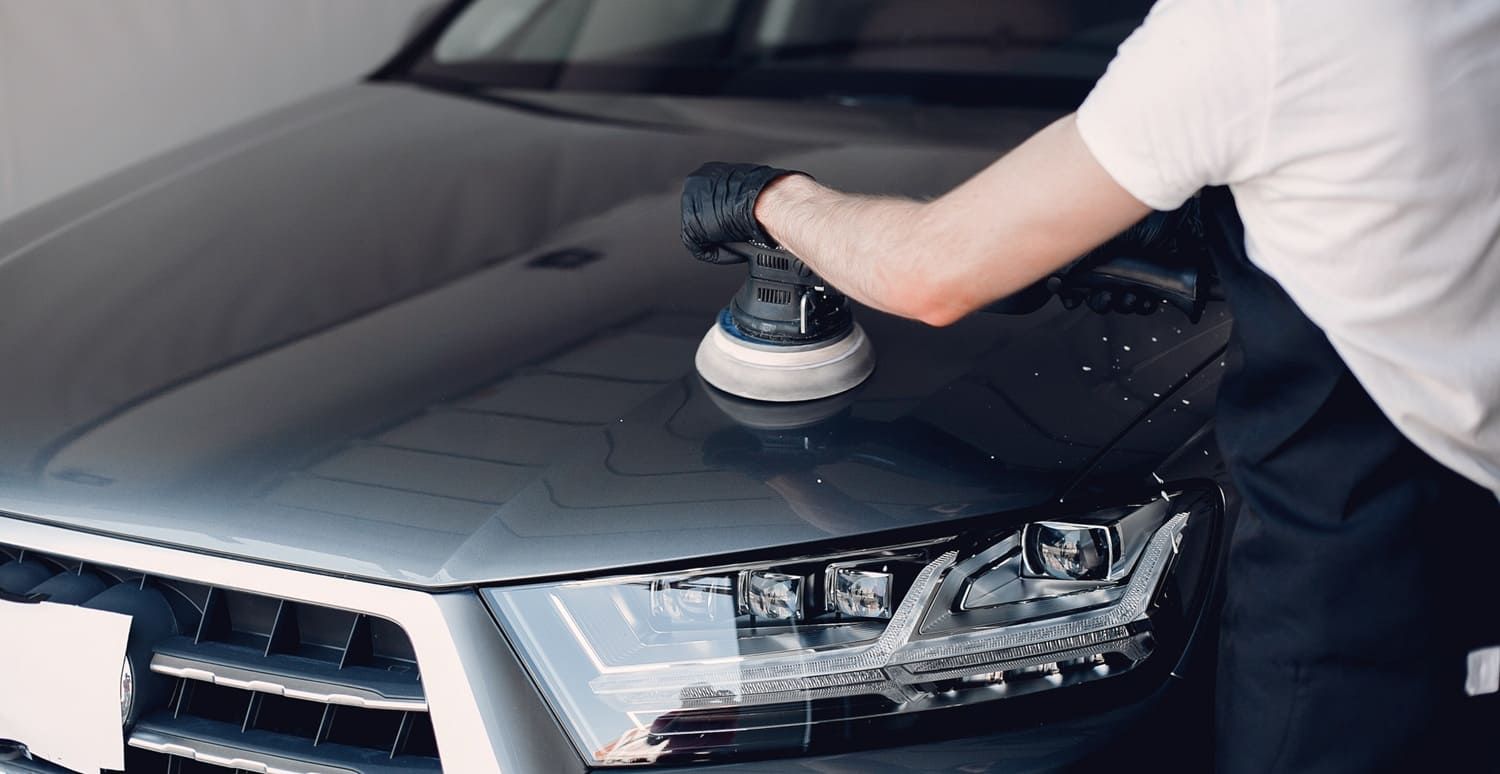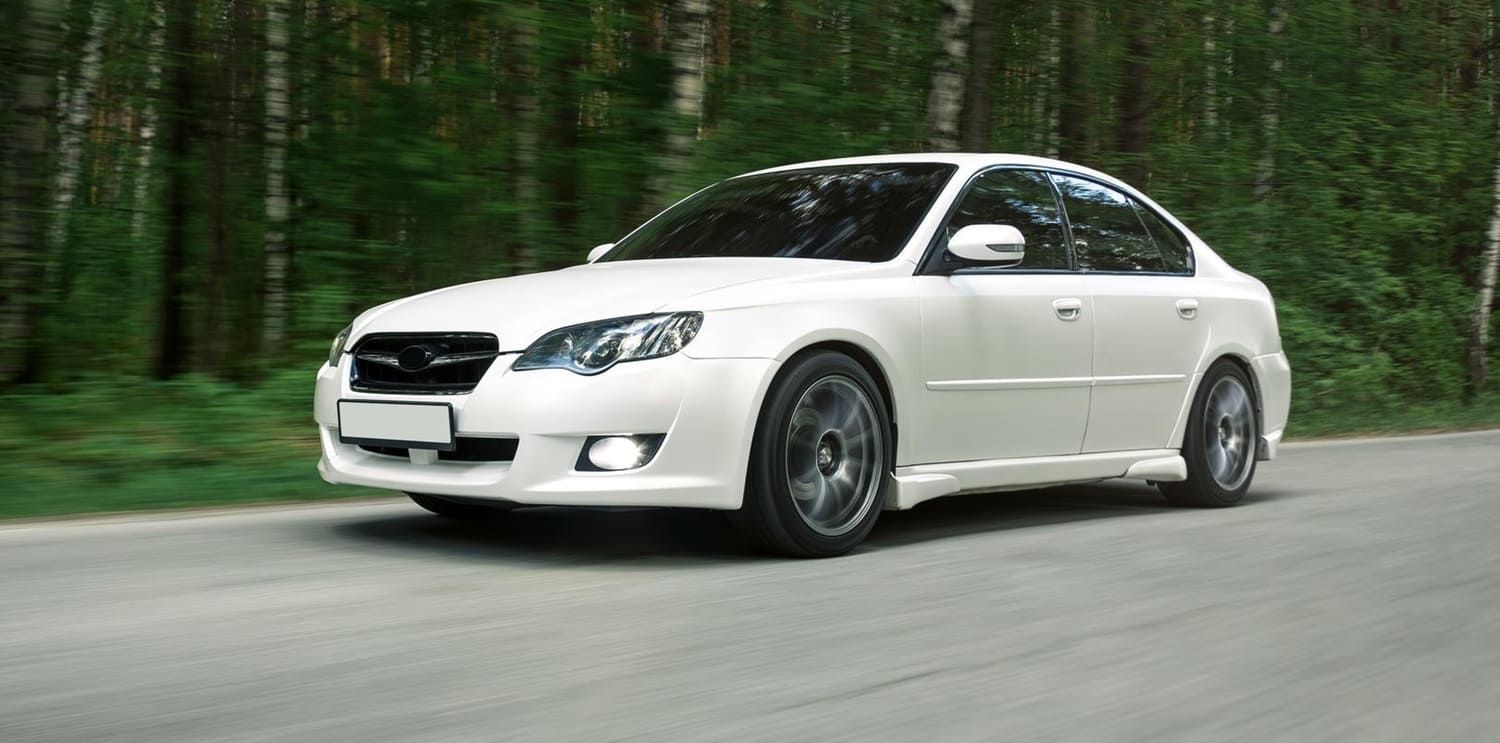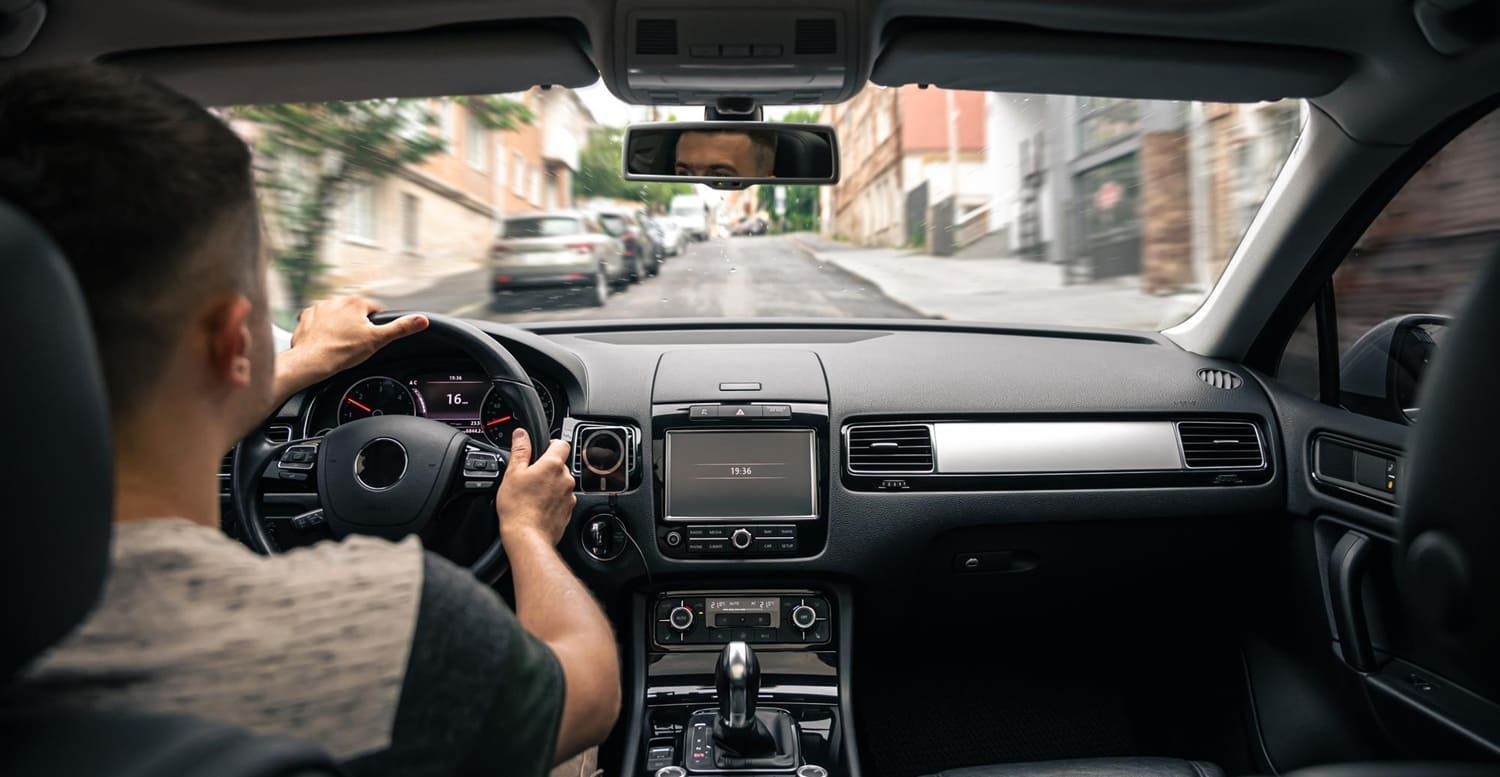Auto Tinting Laws Explained by State
Navigating the maze of automotive tint laws can be challenging, especially since they vary from state to state. Understanding these regulations is crucial for anyone looking to tint their car windows. In this guide, we will explore auto tinting laws across different states, making it easier for you to stay compliant. This comprehensive guide aims to demystify the complexities of tinting laws so that you can make informed decisions about your vehicle's appearance and functionality. Whether you're considering a light tint for UV protection or a darker shade for privacy, knowing your state's legal requirements is essential to avoid fines and ensure safe driving conditions.
Automotive tint laws determine how dark or reflective your car windows can be. These laws are in place for safety reasons, ensuring that drivers have adequate visibility and that law enforcement can see inside vehicles when necessary. They also aim to prevent potential distractions caused by overly reflective windows, which could affect other drivers on the road. The regulations vary widely not only by state but sometimes even by city or county, which is why a thorough understanding of both state and local laws is crucial.
The Basics of Tinting
Tinting refers to the process of applying a thin film to a car's windows to darken them. This can help reduce glare, protect against UV rays, and keep the car cooler. It also provides a measure of privacy, shielding the car's interior from prying eyes. However, too much tint can impair vision, especially at night, and may prevent others from seeing inside the car, which is why regulations exist. The process and materials used in window tinting have evolved, with many options available that offer various levels of darkness, reflectivity, and UV protection.

Why Are Tinting Laws Important?
Tinting laws are designed to balance the benefits of tinted windows with safety and security concerns. Here's why they're important:
- Driver Safety: Ensures drivers have clear visibility, especially in low-light conditions or during nighttime driving. Proper visibility is crucial for making split-second decisions on the road, and excessive tinting can impede this ability.
- Law Enforcement: Allows officers to see inside the vehicle for safety checks, ensuring that occupants are not concealing weapons or other illegal items. This transparency is vital for the safety of law enforcement officers during routine traffic stops.
- Uniformity: Helps maintain consistency on the road, reducing confusion and potential hazards caused by varied levels of window transparency. This uniformity in appearance can also aid in preventing road rage incidents, as other drivers can see inside your vehicle.
General Rules Across the States
While each state has its own specific laws, there are general rules that apply across the board:
- Visible Light Transmission (VLT): This measures how much light can pass through the window. A lower percentage means darker tint. Most states have a legal limit for VLT, which typically ranges from 20% to 70%. Understanding VLT is key to ensuring your tint is both effective and legal.
- Windshield Tinting: Generally, tinting on the windshield is restricted. Most states allow a tint strip at the top, known as the "AS-1 line." This strip helps reduce glare from the sun without obstructing the driver's view.
- Reflectivity: Some states also regulate how reflective the tint can be. Reflective tinting can reduce heat inside the vehicle but may create glare for other drivers, hence the need for regulation.
- Side and Rear Windows: Laws vary significantly, with some states allowing darker tints on rear windows compared to front side windows. This variance often takes into account the need for privacy in the back seats versus visibility at the front.
- Medical Exemptions: Many states provide exemptions for medical reasons, allowing for darker tints if a driver has a condition that necessitates it. These exemptions require documentation and are strictly regulated to prevent abuse.
State-Specific Tinting Laws
Alabama
- Front Side Windows: Must allow more than 32% of light in, ensuring sufficient visibility for drivers.
- Back Side and Rear Windows: Same as front, maintaining uniform visibility throughout the vehicle.
- Windshield: Non-reflective tint allowed on the top 6 inches, providing glare reduction without compromising safety.
California
- Front Side Windows: Must allow more than 70% of light in, one of the strictest in the nation, prioritizing maximum visibility.
- Back Side and Rear Windows: Any darkness can be used, allowing for greater privacy in these areas.
- Windshield: Only the top 4 inches can be tinted, reflecting California's emphasis on driver visibility and safety.
Florida
- Front Side Windows: Must allow more than 28% of light in, balancing privacy with visibility.
- Back Side Windows: Must allow more than 15% of light in, offering more leeway for those who prioritize privacy.
- Rear Windows: Same as back side, maintaining uniform tinting rules.
- Windshield: Non-reflective tint allowed on the top 6 inches, similar to many states, providing a standard for glare reduction.
Texas
- Front Side Windows: Must allow more than 25% of light in, offering a middle ground between visibility and privacy.
- Back Side and Rear Windows: Any darkness can be used, allowing for personal preference in tint darkness.
- Windshield: Up to 5 inches, or above the AS-1 line, providing flexibility within a common framework.
Tennessee
- Front Side Windows: Must allow more than 35% of light in, slightly stricter than some states to ensure visibility.
- Back Side and Rear Windows: Must allow more than 35% of light in, maintaining consistent rules for visibility.
- Windshield: Non-reflective tint allowed on the top 5 inches, offering a balance between safety and sun protection.
Understanding Medical Exemptions
Medical exemptions allow for darker tints if someone has a medical condition that necessitates it, such as lupus or skin cancer. These conditions can make individuals extremely sensitive to sunlight, necessitating additional protection. To apply, you typically need a doctor's certificate and must follow a specific application process in your state. This process often involves submitting medical documentation to the Department of Motor Vehicles or a similar regulatory body to obtain a special permit.
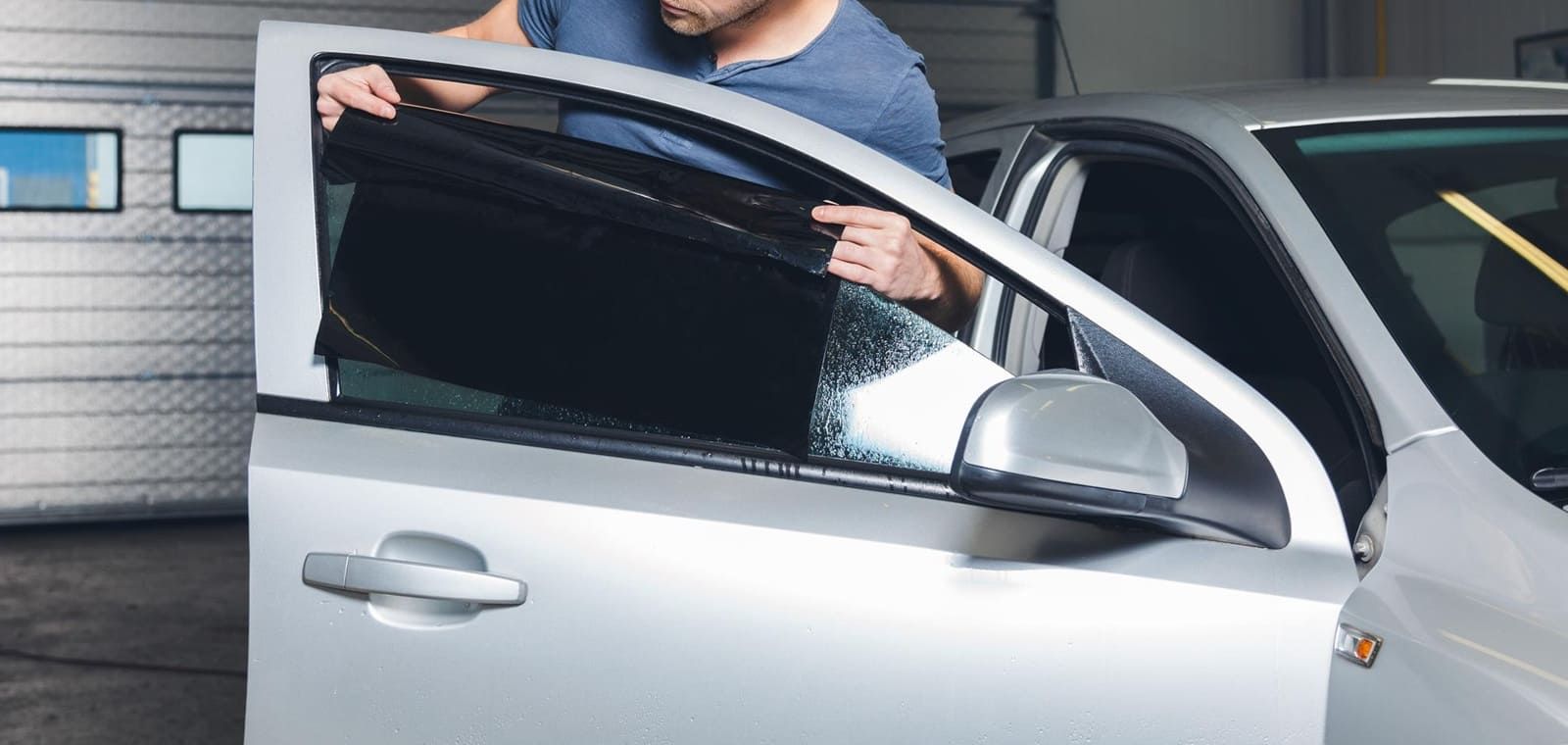
Tips for Choosing the Right Tint
- Check Local Laws: Always confirm the specific laws in your state before tinting. Local regulations can differ from state laws, so it's essential to check with both to avoid any legal issues.
- Consider Climate: In sunnier climates, a slightly darker tint can help keep your car cooler. This can also reduce the strain on your air conditioning system, potentially improving fuel efficiency.
- Professional Installation: Always seek professional installers to ensure compliance and quality. A professional will not only adhere to legal standards but also ensure the tint is applied evenly and without bubbles.
- Reflectivity and Aesthetics: Consider how reflective you want your tint and how it complements your car. Aesthetic preferences should be balanced with functionality and legal compliance to achieve the best results.
Conclusion
At Wells Window Tint, the best car window tinting installers serving Columbia, TN, we help drivers navigate automotive tint laws with confidence and ease. Understanding your state's specific regulations is essential to enjoying the many benefits of tinted windows—like improved comfort, privacy, and style—while staying fully compliant.
These laws are in place to ensure safety for all road users, which is why it’s so important to work with a professional installer. Our team at Wells Window Tint ensures that your vehicle’s tint meets all legal standards without compromising on aesthetics or performance.
Contact Wells Window Tint today for a free estimate, and let us help you strike the perfect balance between functionality, style, and legal compliance for your next tinting project.
FAQs About Car Window Tint Laws by State
Do auto tinting laws vary from state to state?
Yes, every U.S. state sets its own regulations for window tint darkness (VLT), reflectivity, and allowable coverage for each window of a vehicle.
What is VLT, and why does it matter in tint laws?
VLT stands for Visible Light Transmission—it refers to the percentage of light that passes through the tinted window. Lower VLT means darker tint, and most laws specify minimum VLT for front and rear windows.
Which car windows are typically regulated by state tint laws?
Most states regulate front side windows, rear side windows, rear windshield, and windshield strips separately, each with specific VLT requirements.
Is windshield tinting legal in all states?
Tinting the entire windshield is illegal in most states, but a non-reflective strip across the top (usually above the AS-1 line or 4–6 inches) is allowed.
What are the most lenient states for car window tinting?
States like New Mexico, Michigan, and Mississippi have more relaxed tint laws, allowing lower VLT percentages or no restrictions on rear windows.
Which states have the strictest auto tint laws?
California, New York, and Illinois are known for stricter tint laws—especially for front side windows, where 70% VLT or higher may be required.
Can I use different tint shades on the front and rear windows?
Yes, many states allow darker tints on rear and back windows, while requiring lighter tints or no tint at all on the front side windows.
Are reflective or mirrored tints legal in every state?
No, some states restrict or ban reflective tint due to glare and safety concerns. Be sure to check local rules on tint reflectivity levels.
Do tint laws apply to SUVs and trucks differently than sedans?
Yes, in many states multi-purpose vehicles (MPVs) like SUVs and trucks are allowed darker rear window tint than passenger cars.
Are there medical exemptions for darker window tint?
Yes, most states offer medical exemptions for individuals with light sensitivity or health conditions that require extra sun protection. Documentation is required.
Do police use tools to test window tint on the spot?
Yes, law enforcement may use a tint meter to measure the actual VLT of your window film during a traffic stop.
Can I get ticketed for illegal window tint if I just bought the car?
Yes, you’re still responsible for making sure the tint complies with your state’s laws—even if the tint was installed by a previous owner or dealership.
Does a tint shop automatically ensure the film is legal in my state?
Not always. It’s best to ask specifically for legal tint and verify that the shop understands your state’s regulations before installation.
Do out-of-state vehicles have to follow local tint laws when visiting?
Generally, police allow some leeway for out-of-state vehicles, but local officers may still enforce tint laws if the windows are excessively dark.
Is there a national standard for tinting laws?
No, the U.S. does not have a national standard for tint laws—each state creates its own rules, and they can differ significantly.
Are there penalties for violating tint laws?
Penalties vary by state and can include fines, fix-it tickets, or mandatory film removal if your tint is found to be illegal.
Can tint affect car inspection or registration?
Yes, in some states, vehicles must pass window tint inspections as part of annual registration or safety checks.
What’s the best way to check my state’s tint laws?
Visit your state DMV website or consult a professional tint shop with up-to-date legal knowledge and compliance charts.
Can legal tint vary depending on window type or location?
Yes, many states allow darker tint on rear windows and have different rules for sedans vs. SUVs, as well as rules for reflectivity and multi-layer films.
Should I keep documentation for my window tint?
Yes, it’s smart to keep a tint certificate or manufacturer’s label in your glove box, especially if your tint is close to legal limits.

